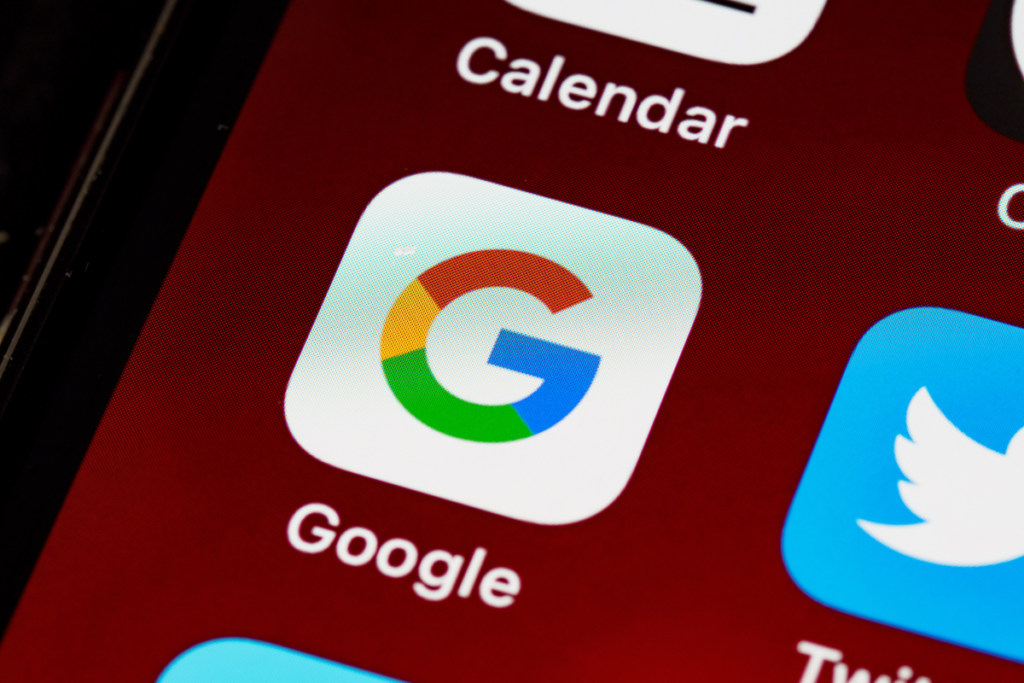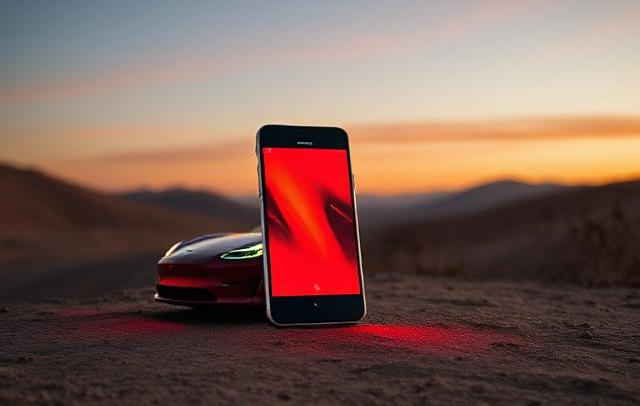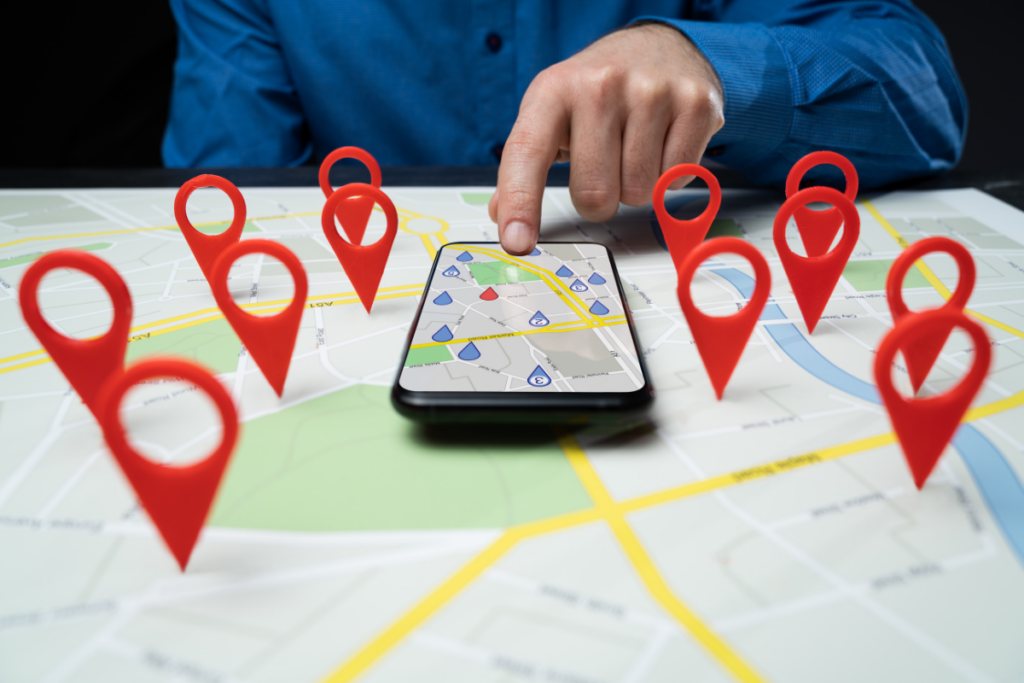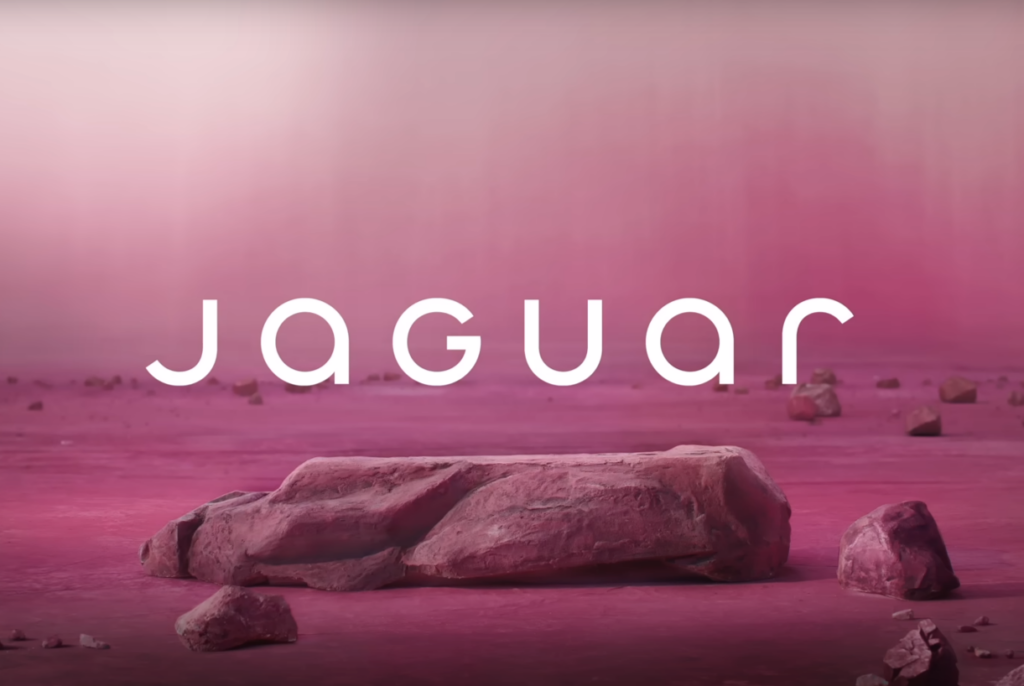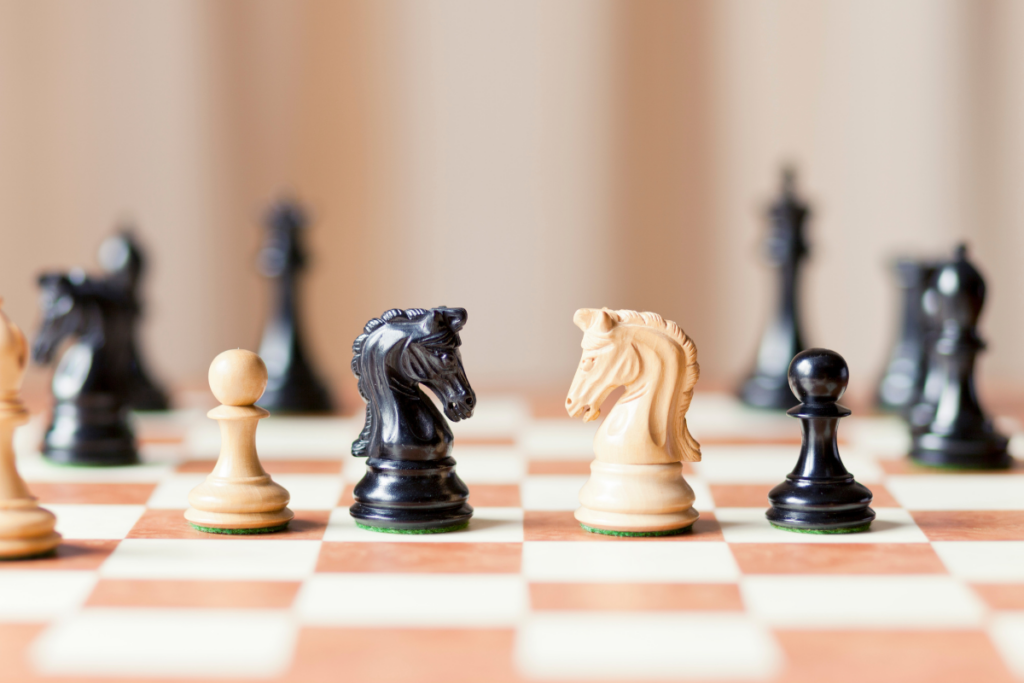
Colour in web design isn’t just about looking good—it’s about making an impact, guiding users, and influencing decision-making. Research suggests that up to 90% of snap judgments on products can be based on colour alone, especially in an online setting where users form impressions in milliseconds. To harness this power effectively, web designers need to use colour strategically.
The Importance of Colour in Web Design
As a leading web design and digital marketing agency, we know all about the importance of creating a strong brand identity online. In this blog, we’ll breakdown how you can use colour effectively to convey your brand’s message online, whilst also encouraging users to move further down the conversion funnel.

Choosing the Right Colour Scheme
Colour is a powerful tool that can be used to influence the way people perceive and interact with a website. The right color scheme can help convey the desired mood and tone, guiding the user’s eye, and even affect their purchasing decisions. It’s important for web designers to understand the psychology of colour and how to use it effectively in their designs.
There are many different approaches to choosing a colour scheme for a website. One popular method is to use a colour wheel and select colours that are opposite or next to each other. This creates a harmonious and balanced look. Alternatively, you could choose a monochromatic colour scheme, which uses different shades of a single colour. It’s also important to consider the brand colours of the business or organisation the website is for.
A successful colour scheme reflects the brand, appeals to the target audience, and establishes a cohesive experience that guides user interactions. For example, brands aiming for a relaxed and natural vibe might use greens, while those in tech often rely on shades of blue to convey professionalism and security. Red on the other hand can evoke excitement and urgency, which is often used strategically for call-to-action buttons. Each colour has a psychological impact, so pairing the right colours can result in a layout that communicates with users on a subtle but effective level.

Using Colour to Guide the User’s Eye
Colour can be used to direct the user’s eye to specific areas of a website. For example, you could use bold colours contrasted with subtle ones to create hierarchies. Colour hierarchies are the use of contrasting colours to highlight essential information, such as buttons or links—helping users quickly find the content they need. Consider contrasting primary actions, like ‘Sign Up’, with neutral tones to make them stand out, while keeping other sections cohesive but less attention-grabbing. Colours can therefore serve to ‘guide the eye’, creating natural paths and breaking up content to avoid overwhelming users. By understanding how colour can be used to guide the user’s attention, web designers can thereby create more effective layouts.
Choosing the Right Amount of Colour
It’s also important to strike a balance when it comes to using colour in web design. Too much colour can be overwhelming, while too little can make a website feel dull and uninviting. It’s important to find the right balance and use colour to enhance the overall design, rather than detract from it.
Testing Your Colour Scheme
Before finalising your colour scheme, it’s a good idea to test it out and see how it looks on different devices and browsers. as some users may have difficulty distinguishing certain colours. By testing and adjusting your colour scheme, you can ensure that it looks great and works well for all users.
Every device displays colours slightly differently, so designers should test their choices on various screen sizes and brightness settings. Tools that check for contrast and colour accessibility are invaluable for ensuring that every user can navigate the site comfortably and without obstacles.
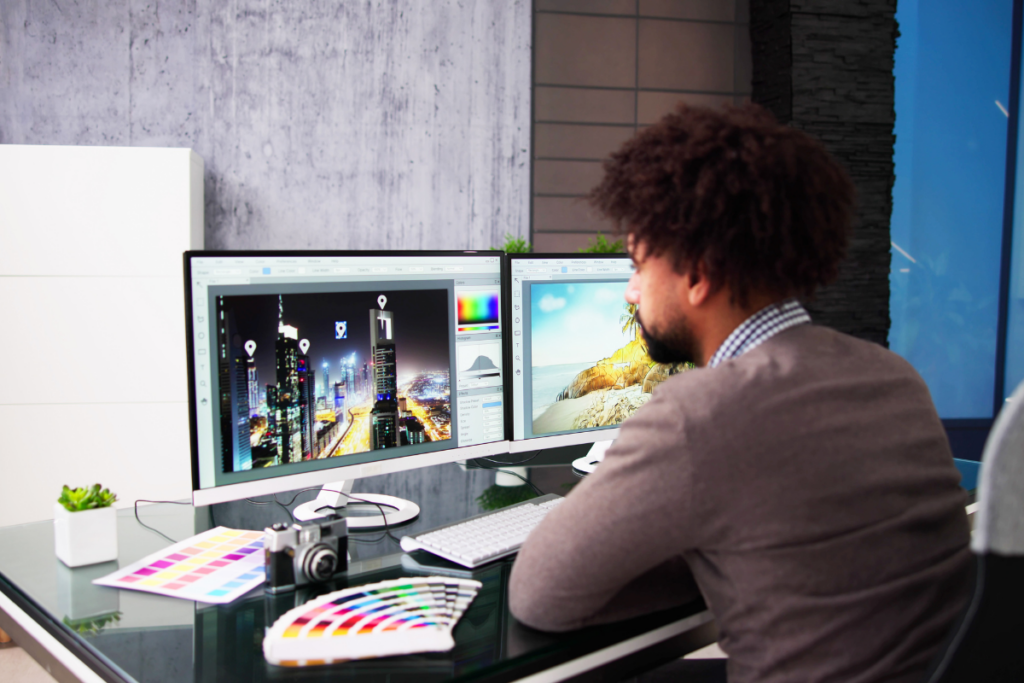
Conclusion
In conclusion, colour is an important element of web design that can be used to convey mood, guide the user’s eye, and even affect their behavior. By understanding the psychology of colour and using it effectively, web designers can create visually appealing and effective websites. When choosing a colour scheme, it’s important to consider the brand colours of the business or organisation, as well as the desired mood and tone.
It’s also important to find the right balance and use colour to enhance the overall design, rather than distract from it. Finally, be sure to test your colour scheme to ensure that it looks great and works well on all devices and browsers. By following these tips, you can use colour to create websites that are both visually appealing and effective at engaging your audience.
Why Choose Chameleon for Your Web Design Needs
At Chameleon Web Services, we recognise that each business has a unique brand identity, and we design all of our websites from scratch to reflect that. No templates or generic designs—every site we build is 100% bespoke. Whether you’re looking for a stunning brochure website, a dynamic eCommerce site, or something entirely custom, we’re here to bring your vision to life.
From development to optimisation, our team ensures that your website works seamlessly on every device and has a colour scheme that works in tandem with your desired brand image. Check out some of our case studies and see for yourself. With Chameleon, you’re not just getting a website—you’re building a platform for growth and success. Reach out to us today and let’s create a website that’s uniquely yours.
Sections:
Share This Content
More Chameleon Insights
- Digital Marketing
- SEO
- Web Design
Google’s Core Update March 2025: 5 Key Tips for Businesses
Instead of worrying about where your site stands, Chameleon is here to help advise you on how your busyness's website can come out stronger, rather than weaker, following Google's Core Update March 2025 update.
28 Mar 2025
- Digital Marketing
The Tesla Pi Phone Hoax: A Digital Marketing Case Study
The Tesla Pi Phone rumor which has been in circulation for years is a fascinating case study in how digital hype can take on a life of its own. But how did it happen? And what can digital marketers learn from it?
14 Mar 2025
- Digital Marketing
- Microsoft
End of an Era: Microsoft Shuts Down Skype
Skype quickly become a globally renowned platform for communications in 2003 when it was founded, disrupting the landline industry. For many families, it became a means of calling with audio and video, connecting people across the world with ease. At its peak, Skype boasted millions of users worldwide, with households and businesses adopting the platform…
07 Mar 2025
- Digital Marketing
- SEO
7 SEO Link-building Strategies that Work in 2025
We l breakdown our top 7 actionable SEO link-building strategies that you can use for your website.
14 Feb 2025
- Digital Marketing
Digital Marketing Trends to Look Out For in 2025
Digital marketing trends to look out for in 2025. Find out what marketing strategies are taking the world by storm this year and how your business can adapt.
31 Jan 2025
- Digital Marketing
Is Blogging Dead in 2025?
In the ever-evolving digital landscape, there is almost an expectation that one year, blogging will finally 'die', with video marketing, social media marketing and AI-generated content all waiting in the wings to take its place. But is blogging really dead in 2025? Well, this blog is here to prove it isn't.
31 Jan 2025
- Digital Marketing
- SEO
Why Local SEO Is More Important Than Ever in 2025
Boost your business in 2025 with expert local SEO strategies from Chameleon Web Services. Drive traffic, build trust, and stay ahead of the competition!
17 Jan 2025
- Digital Marketing
- SEO
SEO For Startups: 10 Essential Tips for Organic Growth
SEO for startups: boost your startup’s online presence with 10 essential SEO tips! Learn strategies for sustained organic growth today from leading SEO agency.
20 Dec 2024
- Branding
- Web Design
Jaguar’s New Logo: Calculated Gamble or Brand Implosion?
Jaguar's New Logo. Is Jaguar's controversial rebrand a bold move for the future or a betrayal of its luxury heritage? Chameleon dives deep into the topic.
06 Dec 2024
- Web Design
The Evolution of the McDonald’s Logo
The evolution of the McDonald's logo reveals over 80 years of brand growth. Learn how branding helped shape a fast-food cultural phenomenon.
08 Nov 2024
- Digital Marketing
How Important Is Competitor Research in SEO?
With effective competitor research, you can learn what is working well for your competitors, what tactics they use to achieve success, and what gaps there are in the market that you can exploit.
25 Oct 2024
- Web Design
8 Tips For Building Your New Company Website
Read our 8 top tips for creating a new company website. From web design to SEO, learn how your website can stand out in the digital landscape.
11 Oct 2024


